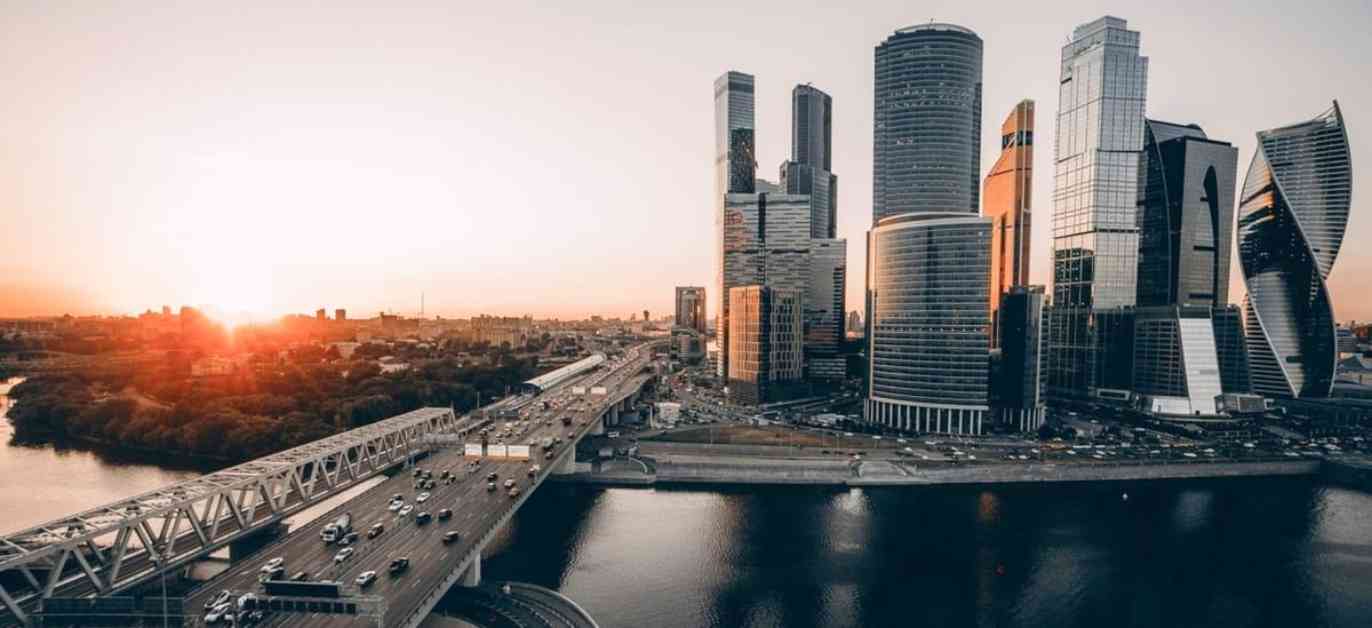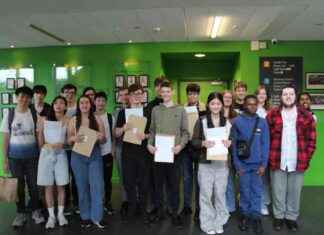Welcome to our weekly dive into the Russian economy, where we explore the recent trends and developments shaping the financial landscape in Russia. Today, we focus on the significant increase in investment in Russia following the full-scale invasion of Ukraine, shedding light on where the money is coming from and where it is being directed.
Prior to the conflict, the Russian government faced challenges in stimulating investment, with businesses hesitant to invest due to factors such as a poor investment climate, state interference, and unpredictable taxation policies. However, the scenario has shifted dramatically, with capital investment in 2023 reaching a 12-year high of 34 trillion rubles, marking a nearly 10% increase from the previous year. Despite initial predictions of a slowdown in investment growth due to fiscal policies and labor shortages, investment figures continue to surge. In the first quarter of this year alone, Russian companies invested 5.9 trillion rubles, showing a 14.5% year-on-year increase.
The positive “investment gap” in Russia, indicating the difference in growth rates between investment and GDP, has reached a 15-year high. This trend brings the government closer to achieving its long-term goal of increasing the proportion of investment in Russia’s GDP to 25%.
The surge in investment can be attributed to several key factors outlined in a recent Central Bank report:
– Import substitution: Russian companies have swiftly replaced Western imports with goods from other countries, primarily China.
– Pivot to the East: In response to Western sanctions, Russian companies are reconfiguring supply chains and investing in new logistics infrastructure to reach markets in Asia.
– Government support: Increased military spending and social benefits provided by the government have also fueled investment growth.
The sectors experiencing the most significant investment increases include fuel and energy, transport, and construction, with mechanical engineering emerging as a rapidly growing area for investment. Notably, investments in sectors like car manufacturing and drinks production, where foreign players exited the market swiftly, have also seen growth.
While over half of the investment is sourced from companies’ own funds, state funding and borrowed funds also contribute to the investment surge. However, the decline in foreign investment since the conflict began highlights Russia’s isolation from the global economy.
The investment boom underscores the impact of international isolation on Russia’s economy, with continued sanctions pressuring trade and investment flows. For instance, the threat of secondary sanctions has led Russia to explore barter deals to maintain imports and address payment challenges.
The tightening sanctions landscape has implications for the broader Russian economy, driving up import costs and inflation. As trade dynamics continue to shift, countries like Kazakhstan are emerging as key intermediaries for trade between Russian and Chinese companies.
In conclusion, the evolving investment landscape in Russia amid ongoing geopolitical tensions underscores the complex interplay between economic policies, sanctions, and global trade dynamics. Stay tuned for more insights on the Russian economy in our next update.




















